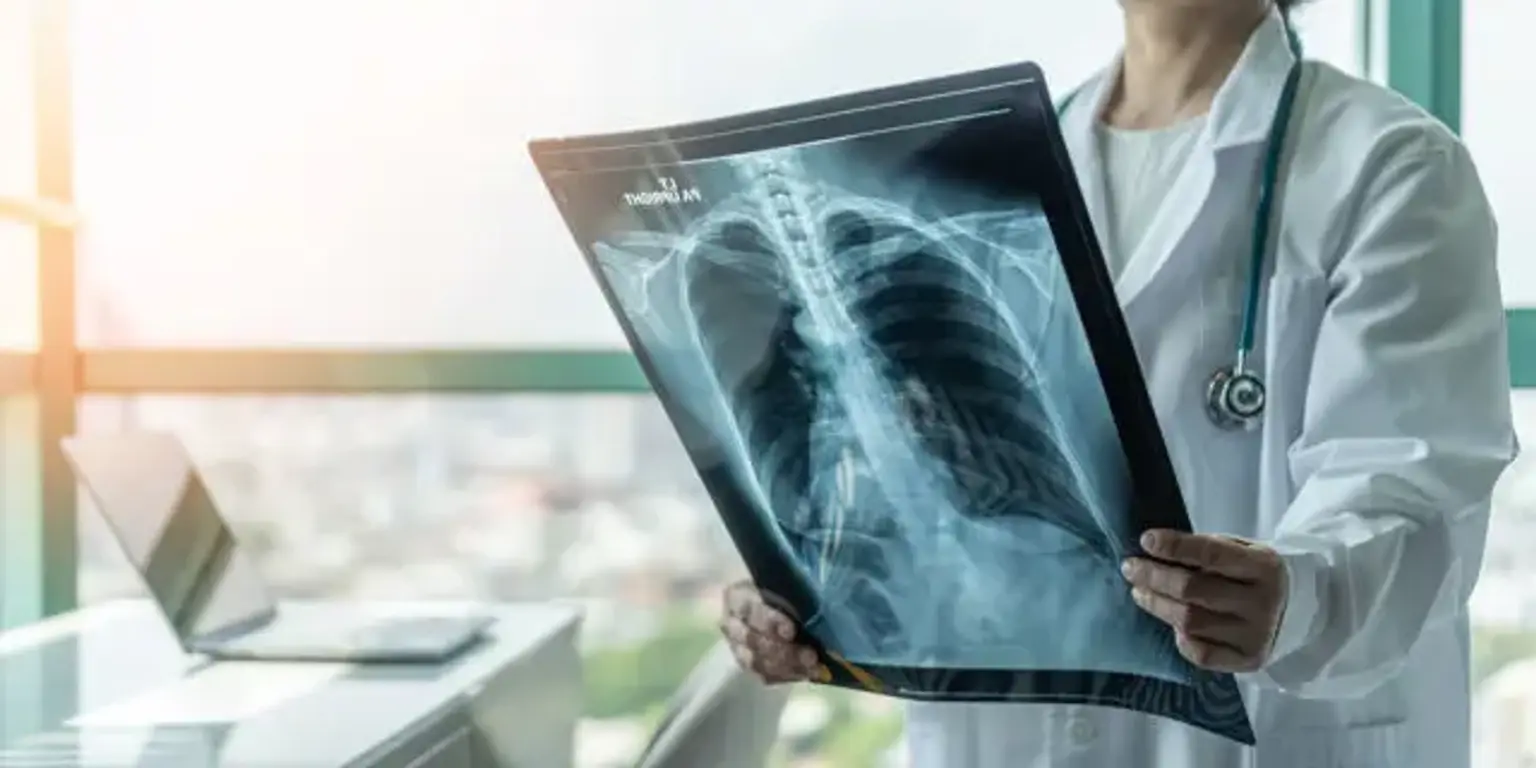The chest or the thorax is an essential part of the body that reinforces vital organs, blood vessels and nerves. However, they are all prone to a range of health conditions that often arise due to various underlying factors. These conditions can also alter the normal functions and activities, causing more complications.
Although there are other treatment forms, thoracic surgery is the best treatment alternative for addressing such chest conditions. The type of surgical procedure is either minimally invasive or open surgery, depending on the nature of the disorder.
Defining Thoracic Surgery
Thoracic surgery is a surgical procedure that focuses on the thoracic cavity and chest organs. The thoracic cavity is located between the neck and diaphragm. It mainly consists of the heart, esophagus, lungs, the windpipe, and the major blood vessels.
